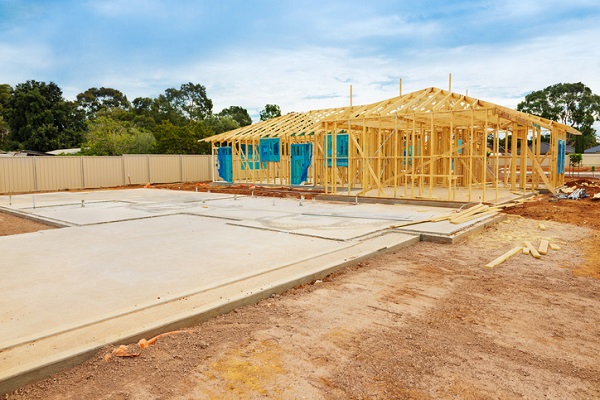Why now is the perfect time to attack your cost base

According to ASIC there were 10,748 insolvency appointments in Australia in 2019 – in round numbers that’s 900 per month and 45 per business day – approximately 20% of which is represented by the construction industry.
If it were not for government intervention through safe harbour provisions and legislation that enables small business restructure – there is no doubt that the statistics for 2020 would have been extraordinary, and the fallout significant.
In what is generally known as a high value, high risk and often low margin game, is the construction industry pain yet to come? It is well known that particularly the larger scale commercial and engineering contractors operate on very low single-figure margins, and unfortunately it won’t take much to ‘unwind’ them.
The concept of volatile economic cycles is now business as usual and the traditional construction management role is a thing of the past, now replaced by diverse financial leadership at all levels, able to juggle operational and strategic risk.
It’s about retaining earnings rather than chasing cash flow, it’s about operational efficiency not headcount, it’s about data-enabled decision-making rather than how it’s been done in the past, and it’s about a partnering mindset rather than going it alone.
Attacking the cost base
Whilst the construction industry is starting to pick up momentum in relation to the so-called modern methods of construction, and prior to COVID-19 global supply chains were adding value to our local industry, it remains a labour-intensive operation. This is where the cost base suffers the most escalation, and therefore, competitive tension.
Whilst an uncertain economic environment enforces the ‘do more with less’ approach, we need to ask whether we are cost-cutting to temporarily inflate the bottom line hoping to improve short term cash flow… or are we strategically restructuring our costs to optimise future revenue generating activities?
Now more than ever, either intervention will be relevant to business sustainability, and for some, to their solvency.
A successful business is adaptable in terms of systems and processes, and agile in terms of cost structure. Here’s 7 steps through which you can both define your adaptability and implement cost-restructure, rather than simply misguided cost-cutting:
- Metrics: Create a business-specific dashboard of the fundamental operational KPIs that link to cash, those that enable real-time decision-making so as to secure revenue, not the other way around. You must know where you need to end up.
- Sensitivity: Pre-determined best to worst case scenario modelling that continuously tests these operational forecasts will define the triggers for intervention and define how lean you need to go in terms of cost base. Start at the bottom and work up.
- Information: Business plan based on external data that is relevant, current and based on tangible productivity rather than aspirational forecasts and accruals based on what you think you know. You don’t know what you don’t know.
- Fixed Costs: Break down the overhead into separate expense lines. Undertake a quantitative analysis of individual component and the impact that each has in creating revenue and delivering profit. You can’t do more with less unless you know what less provides you.
- Outsourcing: Map out your ‘how’ to remove operational duplications and work out what you can outsource to people and technology. Today’s freelancing community provides extraordinary cost saving and value upside, and digital disruption is only warming up. Retain vital, outsource functional.
- Where can you ‘partner’ with your supply chain, or your competition? Frightening for ‘traditional thinkers’ to consider, however reducing your costs and taking a smaller slice of a much bigger pie, is not only de-risking your cost base, it is diversifying your revenue source, and enabling liquidity to pursue others.
- Don’t just target costs inside the profit and loss – rationalising future liabilities can also create an opportunity to be more agile and receptive to alternate strategies. Divesting underperforming operations or assets is a no-brainer however beware holding on to historical sentiment at the expense of commercial benefit.
Having considered the above restructure strategy, continually ask yourself these four fundamental questions before, during and after to ensure you haven’t lost sight of the bigger picture, particularly if managing a crisis:
- If I am cost-cutting to stop the bleeding what is my end game?
- What needs to happen by when for the bleeding stop?
- Are we impacting our compelling reason for being in business?
- How do I really know that I am restructuring the right areas, in the right sequence, with the right people, for the optimum outcome?
Ultimately this is about doing more with less, attacking the cost base via a systematic, planned assessment of the business’ overheads should become the foundation of business as usual, if there is such a thing these days.
Whilst you shouldn’t need an excuse, 2020 has certainly given us permission to make some significant changes in how we think and do business.
